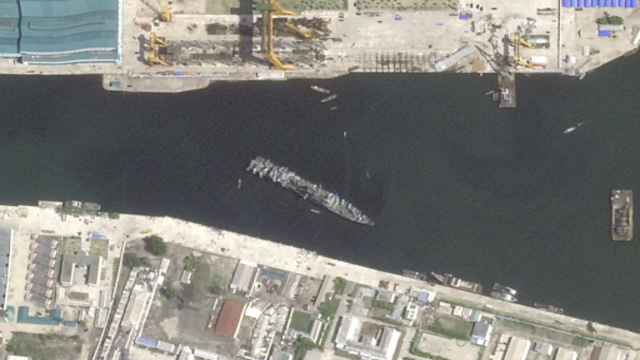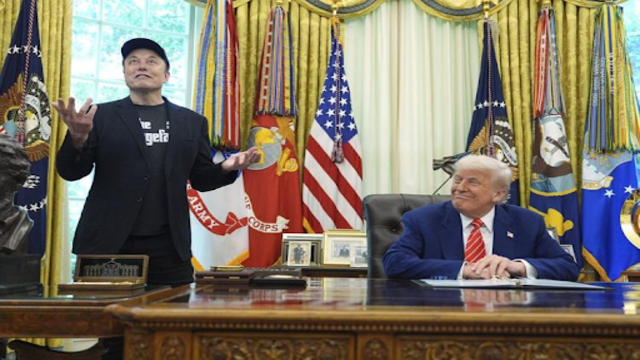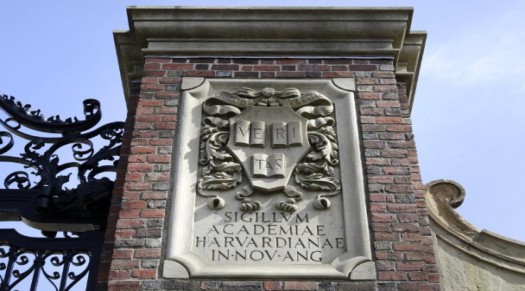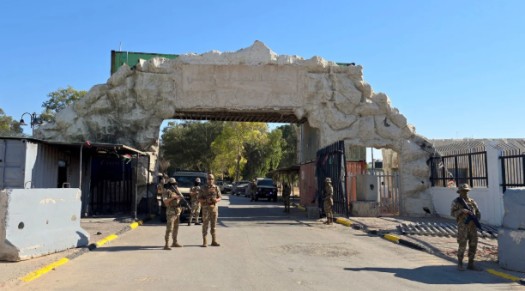
King penguins roam the icy shores of Heard Island, a remote and uninhabited land near Antarctica. Despite having no residents, this island, along with McDonald Islands, is now facing new U.S. trade tariffs. Donald Trump has added them to a list that also includes other distant Australian territories like Cocos (Keeling) Islands, Christmas Island, and Norfolk Island. The Guardian
A group of isolated volcanic islands near Antarctica, covered in ice and home only to penguins, is now caught in Donald Trump’s latest trade move. The U.S. president has imposed a 10% tariff on goods from Heard Island and McDonald Islands, two of the most remote territories on Earth.
These islands, which belong to Australia, are uninhabited and can only be reached after a two-week boat journey from Perth. The last recorded human visit was nearly a decade ago. Despite their isolation, they appeared on a recent list from the White House that outlined new trade tariffs on various “countries.”
Australian Prime Minister Anthony Albanese reacted strongly to the news, stating, "Nowhere on Earth is safe."
Australian Territories Affected
The islands are part of Australia’s external territories, which means they are controlled by the federal government but are not self-governing. Along with Heard and McDonald Islands, other Australian territories included in the tariff list are:
- Cocos (Keeling) Islands
- Christmas Island
- Norfolk Island
Norfolk Island, home to 2,188 residents, faces a much higher 29% tariff—nearly three times the rate imposed on Australia itself. This small island, located 1,600 km (1,000 miles) northeast of Sydney, exported about $655,000 USD ($1.04 million AUD) worth of goods to the U.S. in 2023. The majority of its exports were leather footwear, valued at $413,000 USD ($658,000 AUD).
Albanese criticized the move, saying, “Norfolk Island has a 29% tariff. I’m not sure it’s a major competitor to the U.S. economy, but this just proves that nowhere is safe.”
Confusing Trade Data
While Norfolk Island has a small export economy, the case of Heard and McDonald Islands is even more puzzling. These islands have no human population, no buildings, and only a small fishery. However, World Bank data shows that the U.S. imported $1.4 million USD ($2.23 million AUD) worth of goods from the islands in 2022. Most of these imports were categorized as “machinery and electrical” products, though it is unclear what these goods actually were.
In the five years before 2022, imports from the islands ranged from as little as $15,000 USD ($24,000 AUD) to $325,000 USD ($518,000 AUD) per year. The reason for this sudden spike in trade remains unknown.
No Official Explanation Yet
The White House, Australia’s Department of Foreign Affairs and Trade, and the Australian Antarctic Division have not yet commented on the tariffs. It remains unclear why these remote territories were included in the U.S. trade list or what impact the tariffs will have on their already minimal exports.















